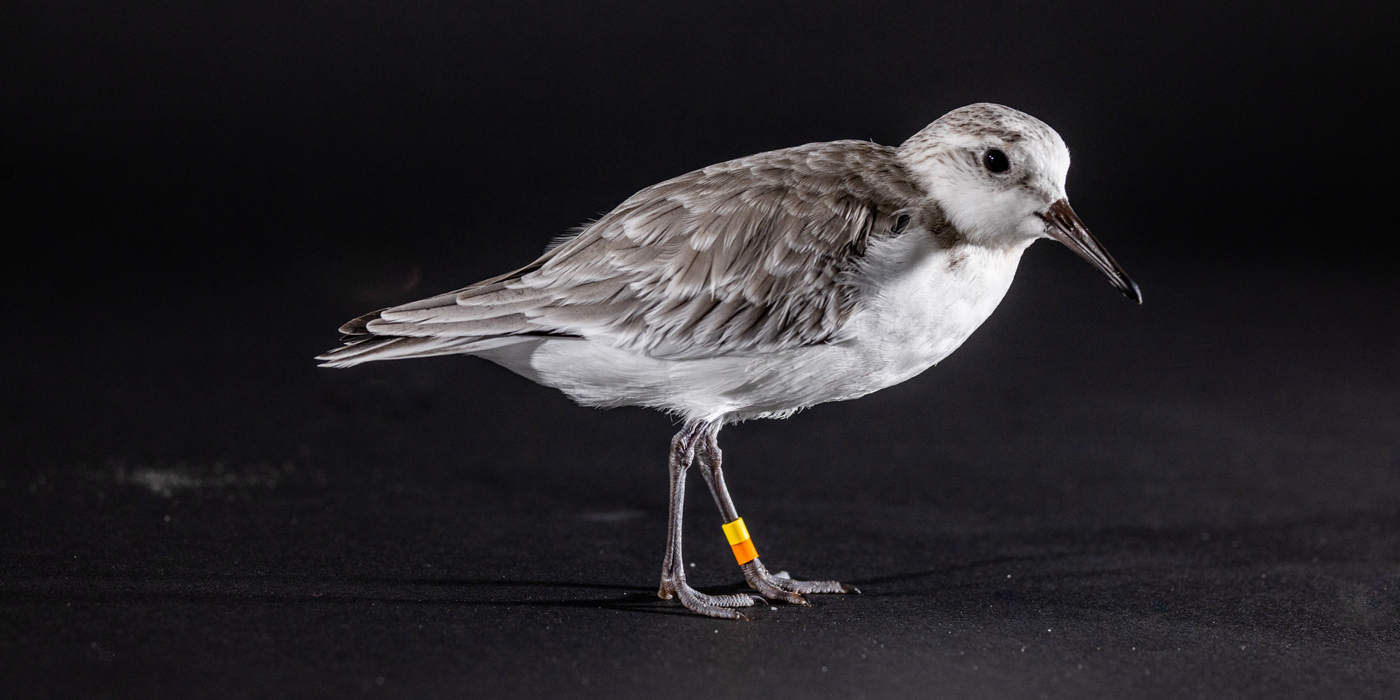Physical Description
Size
Native Habitat
They nest on a variety of Arctic tundra habitats ranging from dry gravelly or rocky ridge sites to vegetated moist sites. In the winter, they are most prevalent on sandy beaches but also use lakeshores, tide pools, estuaries and mudflats. Inland populations may also be found near reservoirs, ponds, and shallow lakes, especially in the Canadian prairies.
North American breeding populations nest in the summer on high Arctic tundra, primarily in Greenland, and Canada, but also rarely in Alaska. Birds from Greenland mainly travel to West Africa. In the Western Hemisphere, wintering birds are distributed on beaches throughout the Americas (including as far north as southern Alaska and the Canadian Maritimes), but are relatively rare on the Gulf of Mexico. Globally, they breed also in Norway and Russia and are very widespread near the coasts of every continent in the world except Antarctica.
Lifespan
Communication
Food/Eating Habits
Sleep Habits
Social Structure
Reproduction and Development
Only birds who plan to breed return to the breeding grounds in the Arctic. Other birds save energy by avoiding the journey of thousands of miles. Sanderlings are usually monogamous, though some birds of both sexes have been observed mating with multiple partners.
Females build the nests without help from males, digging a small shallow depression, and lining it with a few plants and mosses. Mothers lay an average of four eggs in each brood, and both parents incubate them for about a month (23-32 days). One parent usually leaves the nest after the chicks hatch, while the attending parent remains with the chicks until they are fledged. Sometimes both parents stay. The chicks run after their parents after hatching. They learn from their parents and are independent at about three weeks old.
Conservation Efforts
Help this Species
Reduce, reuse and recycle — in that order! Cut back on single-use goods, and find creative ways to reuse products at the end of their life cycle. Choose recycling over trash when possible.
Practice ecotourism by being an advocate for the environment when you’re on vacation. During your travels, support, visit or volunteer with organizations that protect wildlife. Shop smart too! Avoid buying products made from animals, which could support poaching and the illegal wildlife trade.
Organize or attend a stream, river, lake or other waterway cleanup in your area to preserve aquatic habitats for local species.
Share the story of this animal with others. Simply raising awareness about this species can contribute to its overall protection.
Avoid single-use plastics, such as plastic bottles, bags and utensils. Choosing reusable options instead can help reduce plastic pollution.
Protect local waterways by using fewer pesticides when caring for your garden or lawn. Using fertilizers sparingly, keeping storm drains free of litter and picking up after your pet can also improve watershed health.
Smithsonian's National Zoo and Conservation Biology Institute. (n.d.). Sanderling. Retrieved January 1, 2026, from https://nationalzoo.si.edu/animals/sanderling



